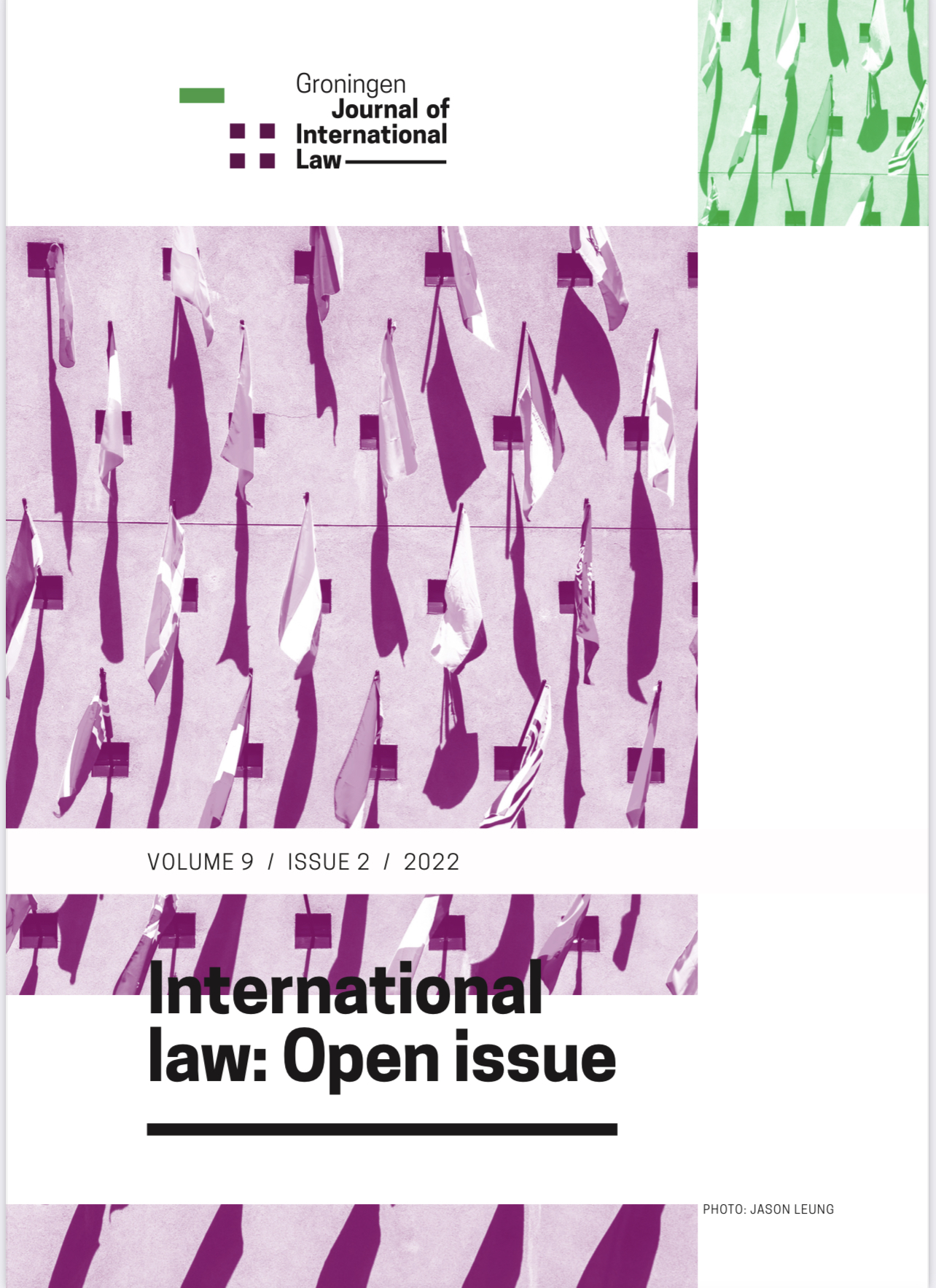Defining Weapon Systems with Autonomy: The Critical Functions in Theory and Practice
DOI:
https://doi.org/10.21827/GroJIL.9.2.239-265Keywords:
Weapon Systems, Autonomy, Functions, Critical, Armed ConflictAbstract
The rise of the use of Autonomous Weapon Systems (AWS) in the battlefield has engendered numerous ongoing legal debates, including that on their legal definition. There have been various approaches with respect to defining them in relation to their interaction with humans, the complexity of the technology behind them, and the features of their functions. The latter has been particularly endorsed by the International Committee of the Red Cross (ICRC), which defines AWS as weapon systems with autonomy in their critical functions of target selection and attack. None of these approaches received unanimous approval by States. Though scholars have addressed the advantages and the disadvantages of the first two approaches, not many amendments have been introduced on the functional approach of the ICRC.
The wording of the ICRC definition is vague and requires a framework on what should be defined as critical as well as on the functions of weapon systems. The critical nature of the function must be determined in relation to its relevance in terms of international humanitarian law (IHL) regulating AWS, which is the most important element in their definition. This analysis will benefit to resolve the impasse in the debate on the legal definition of AWS and further the efforts to regulate them.
Published
Issue
Section
Copyright (c) 2022 Nurbanu Hayir

This work is licensed under a Creative Commons Attribution-NonCommercial-NoDerivatives 4.0 International License.
Open Access Creative Commons


